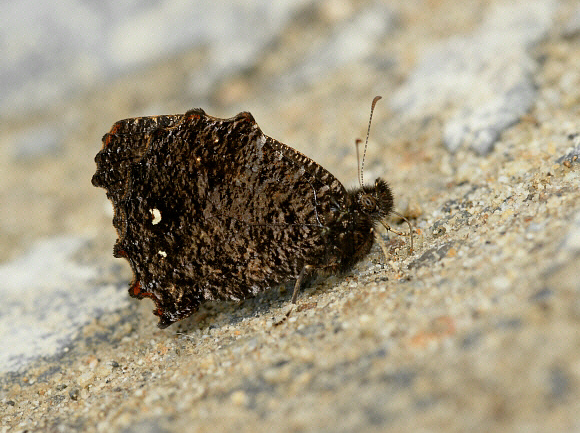
Introduction
There are 1100 known species of Satyrinae in the neotropical region. About 570 of these are placed in the subtribe Pronophilina – a diverse group of high altitude cloudforest butterflies, all of which are confined to the neotropical region. The vast majority are found only in the Andes, but 4 species are known from the Atlantic cloudforests of Brazil, and there are a further 6 species that are endemic to Guatemala, Costa Rica or Mexico. More oddly there is one genus Calisto that is found exclusively on the Caribbean islands of Cuba and Hispaniola.
The genera Steroma and Steremnia comprise of small dark butterflies, with a characteristic angular apex, and deeply scalloped hindwings. There are 5 Steroma species – bega, modesta, superba and another 2 species that have not yet been assigned scientific names.
Steroma modesta is known only from Bolivia and Peru.
Habitats
This is a high elevation cloudforest species, occurring at altitudes between about 2000-3000m.
Lifecycle
The lifecycle appears to be unrecorded. The following generalisations are applicable to the subtribe Pronophilina and probably also apply to Steroma: The eggs are round, white or pale greenish white, and laid singly on the foodplants or on surrounding vegetation. The larvae are typically pale brown, marked along the back and sides with narrow dark stripes, and tapering towards the tail. The head is large in proportion to the body and has two short forward-pointing horns. The tip of the abdomen is equipped with a pair of caudal prongs that are used to flick the frass away from the feeding area. The larvae of all known Pronophilina feed on Chusquea – a genus of bamboo that grows in thickets, mainly along the courses of streams.
Adult behaviour
Males can be found on sunny mornings, in the company of other Pronophilines, imbibing moisture from mud, damp sand or rocks. Like other montane Satyrines they are fairly sedentary by nature, and not easily disturbed when at rest.
